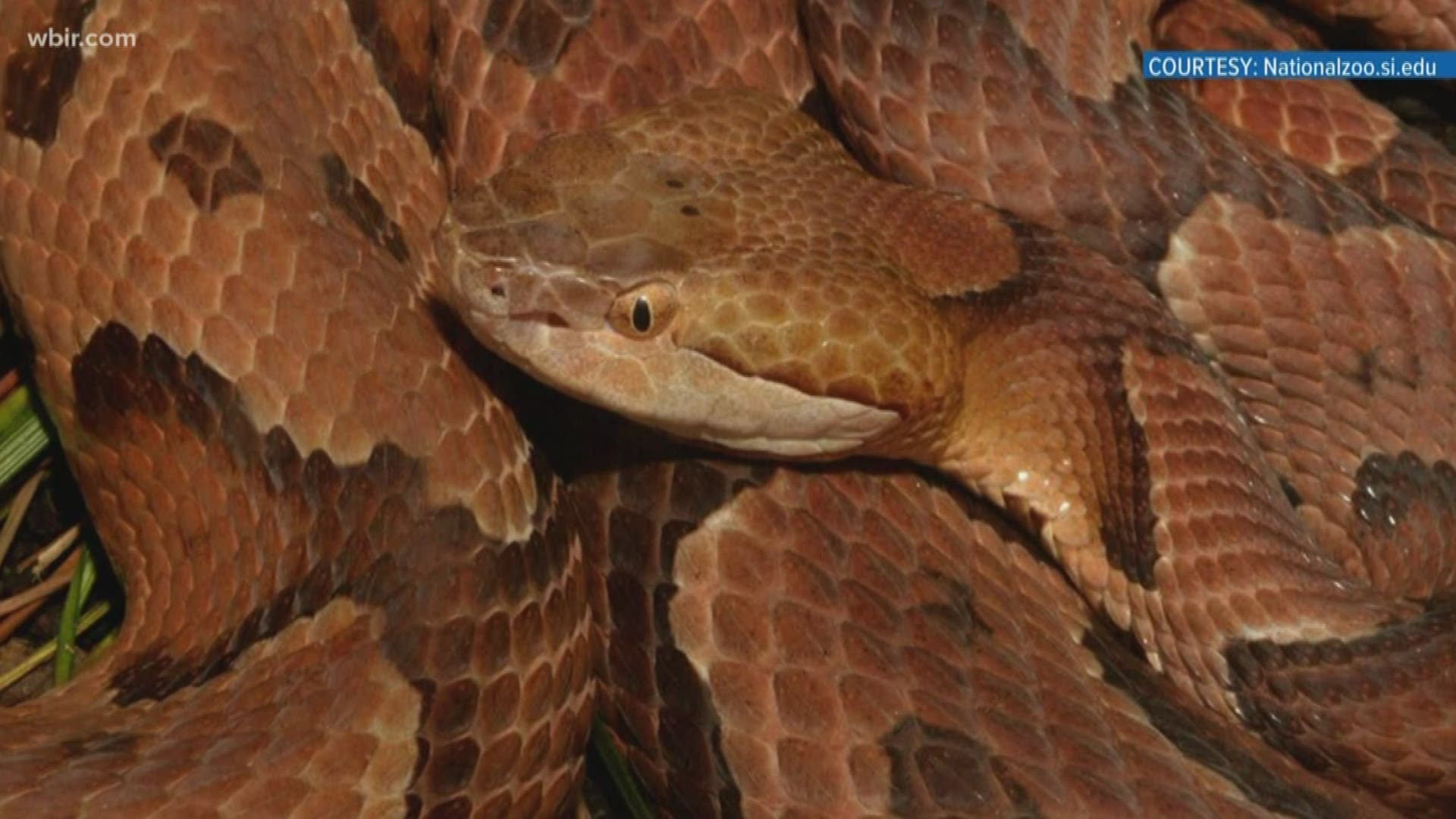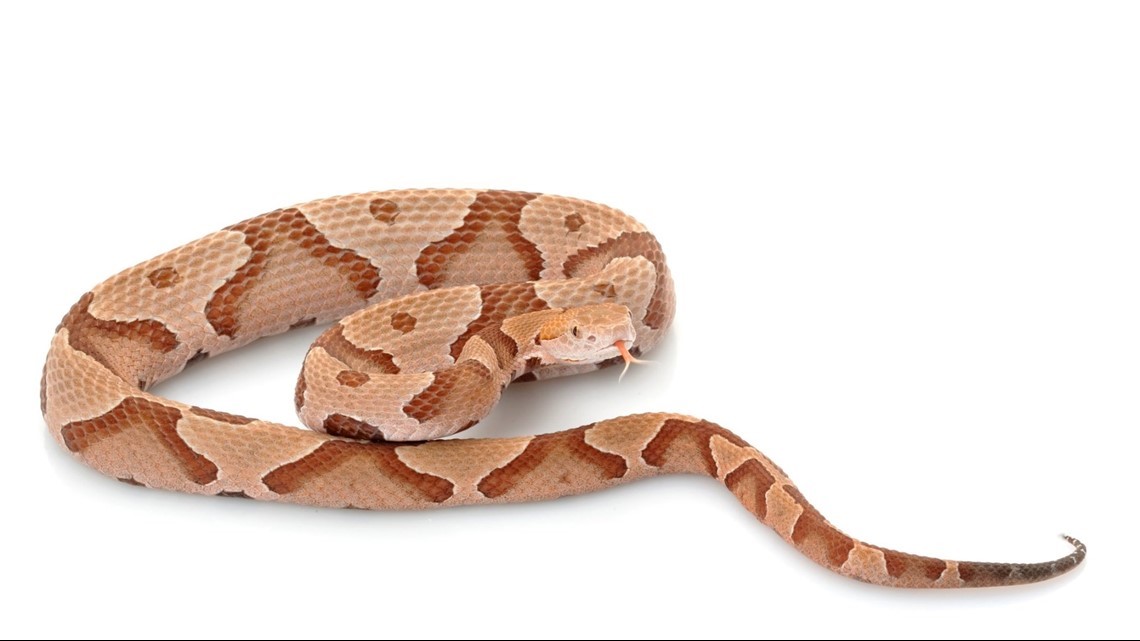KNOXVILLE, Tenn. — Fall is here -- and that means venomous Northern Copperhead snakes are having babies.
According to Zoo Knoxville, the majority of the snakes are born between late August and early October.
And the fall season gives them a new hiding place.
"They are very well camouflaged."
You might not know exactly what's under the leaves, but venomous snakes in your backyard shouldn't be much of a worry.
"They will kind of match the fresh fallen leaves that we have on the ground, especially this time of year," said Zoo Knoxville reptile expert Michael Ogle. "90% of the time they see a snake in their backyard, they're going to think it's a copperhead, but it's not."
Zoo Knoxville reptile expert Michael Ogle says the farther from an inhabited area you are, the more likely you'll see a copperhead.
That's because the environment just isn't great for them around Knox County.
"Majority of the time you're going to walk right past them and you're not going to even know it," Ogle said.
He says the two venomous snakes found in Tennessee, Copperheads and Timber Rattlesnakes don't want to mess with humans.
It's a fight they know they can't win.
"When they see a very large warm-blooded creature coming past them, i.e. us, they know that we could potentially eat them or kill them," Ogle said. "So they want to just sit still, not do anything, and hope that you just go on by."
But what happens if you do get bitten?
Experts say stay calm, gently wash the bite and immediately call poison control.
And Ogle's best advice--keep your distance.
That way you don't have to worry about what kind of snake it is.
"If you see one it's best to respect the snake from 5-10 feet away," Ogle said. "You see it, you watch it, everyone goes on their way, you get to live another day. That's the best way to do it."
It's also important to remember it's illegal to kill snakes in Tennessee -- including the venomous ones in most cases. That's because they play an important role, like controlling the population of sometimes annoying rodents.
You can identify a copperhead by the Hershey kiss pattern on it's back, broad head and some of the young snakes have a bright yellow tail.


